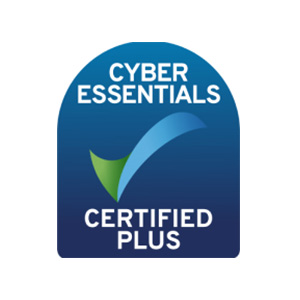Business Interruption insurance can be misunderstood by business owners, as there is often a belief that other insurance policies will protect their finances due to an unforeseen loss. This is a key coverage which needs careful consideration.
What is Business Interruption insurance?
Business Interruption policies provide cover against the potential loss of income for your business, typically in the event of a flood, fire or other disaster. This type of insurance coverage helps businesses maintain their financial stability during the interruption and then resume operations as soon as possible.
Business Interruption cover is usually purchased alongside a Property insurance policy, dovetailing with the company’s assets and property. A key part of the coverage is ensuring that your business interruption coverage has an adequate Indemnity Period.
What is an indemnity period?
One of the most important decisions an organisation will make from a Business Interruption insurance perspective is selecting an appropriate Maximum Indemnity Period (MIP) for its Business Interruption cover. This is the length of time for which insurer financial support will be provided following an insured event.
Typical MIPs range from 12 to 36 months (although they can be longer or shorter when appropriate) and should reflect the timescale a business anticipates will be necessary for it to return to its pre-loss trading – even after the property has been reinstated, it can take an extended period for a business to integrate new equipment, train new staff or win back lost customers.
MIPs should also account for worst case scenarios and consider a number of circumstances which can add to the recovery period:
- Extended insurer and loss adjuster investigation period
- Premises age, size, complexity, listed status, location (easy access or otherwise), owned or leased (if leased, the landlord might demonstrate less urgency in the rebuilding process)
- Planning applications
- Delayed planning decisions, overcoming local objections
- Environmental issues
- Potential HSE enquiries
- Long lead times for replacing plant, machinery and other essential items
- Recruiting and retraining staff
- Difficulty in winning back lost customers and opportunities
A number of the above factors have been exacerbated by current supply chain issues and access to building contractors and building materials is becoming problematic with delays frequent. We have also previously reported on the impact of inflation on construction projects here.
Of course, business interruption insurance is just one element of recovery planning. Working on issues of business resilience, for example constantly updating and testing business continuity plans, is vital in this regard and also central to determining the length of indemnity period required. Robust planning will also help secure the most cost effective insurance cover. Griffiths & Armour clients benefit from access to our bespoke Risk Management platform, RMworks, which provides additional resources to assist your organisation.
If you have any questions about the contents of this article or would like to discuss a Business Interruption insurance policy, please get in touch.










